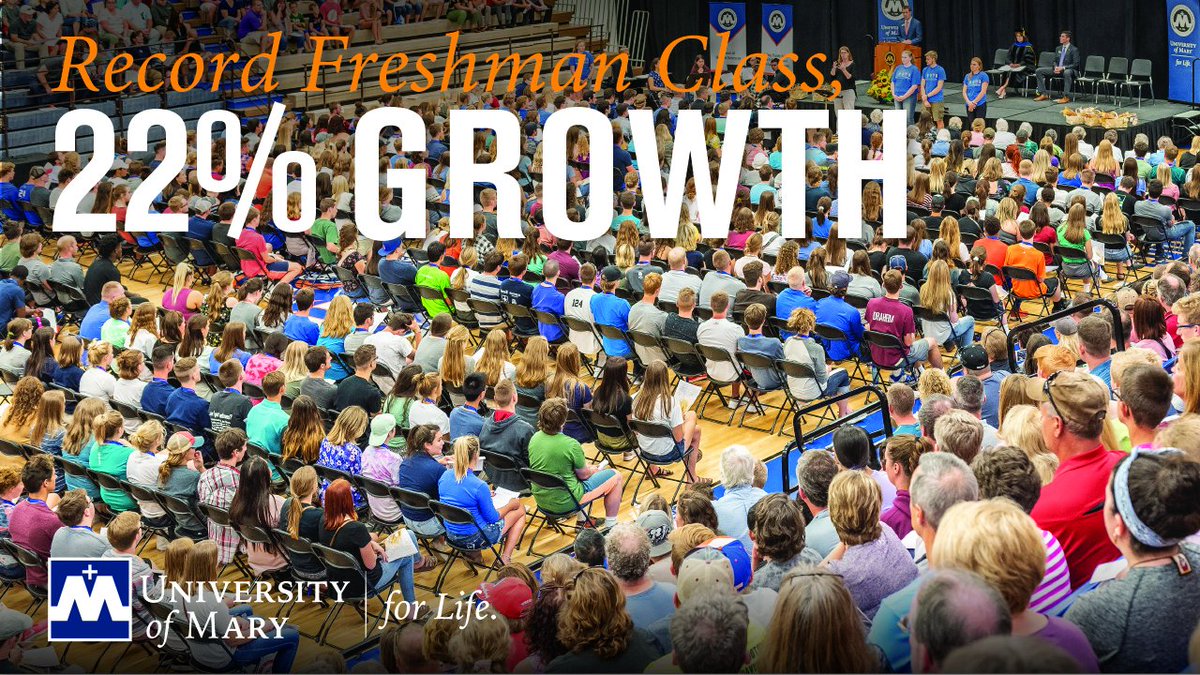
Social Media + PR = Social PR: A Winning Combination
Once upon a time, marketing and public relations were two distinct functions. Marketing was primarily concerned with selling products and services, and PR was focused on relationship-building and reputation management. Most important to note about this pre-social media era is that tactics were outbound and control was predominantly in the hands of the brand.
Marketers crafted their copy carefully using print ads, billboards, TV, and radio. Public relations professionals issued print releases, delivered on-air messages, developed PR stunts, created chatter sheets, and carefully trained brand representatives for interviews. The press release, developed in 1906 by Ivy Lee, who is considered the founder of modern public relations, remained unchanged from its original format until the 1990s when online tactics were first introduced. Reliance on print diminished when online newswire services like BusinessWire and PRNewswire appeared.
Then, social media burst onto the scene. Social media and the development of content marketing disrupted both marketing and public relations. The building blocks of these two fields evolved from one of outbound activities to two-way conversations based on engagement. As the traditional tactics of both marketing and public relations are waning, building relationships has become the primary focus of both content marketing and public relations. The two have become increasingly intertwined, sharing the goal of gaining attention for the brands they represent.
Social Media: Marketing or PR Function?
Many perceive social media as a marketing function, but there is an argument that social media is a PR function. The Public Relations Society of America (PRSA) proposes this in an article by Julia Sahin that states, “If your marketing team is currently running the show on social media, you may want to reconsider.” The argument has some merit to it, based on traditional PR roles:
- PR and social media focus on two-way conversations
- PR professionals are trained in responding to many stakeholders, as well as to negative feedback and crises
- PR departments are used to making a big impact without a big budget
- PR professionals are experts at relationship building
- Social media users would rather be engaged with than marketed to
Social media has made it harder to separate PR and marketing because of overlapping objectives and the use of the same social media platforms through which to communicate. But, the differences are visible:
- Primary Focus
- Marketing – Increasing sales
- PR – Building relationships & managing brand opinion
- Target Audience
- Marketing – Prospective and current customers
- PR – All stakeholders including the media, industry leaders, and the public-at-large
- Measuring Success
- Marketing – Increasing leads and sales
- PR – Gaining positive media exposure and public perception
So, while social media has forever changed the traditional definitions of marketing and PR, as well as their relationship to one another, there is opportunity for both functions to combine forces to create an even stronger brand proposition. If your brand is lucky enough or large enough to have separate PR and marketing departments, coordinating PR and marketing efforts can maximize the success of social media efforts.
Social PR
One of the strongest reasons why PR belongs on social media comes, oddly enough, from The CMO (Chief Marketing Officer) 2019 Survey showing that 88 percent of companies use social media as a key strategy for brand awareness and brand building – a traditional PR function.
Social PR can’t simply mean using social media to disseminate traditional public relations content. Social PR, according to social PR growth strategist Shonali Burke, is about how PR uses social media to build, educate, and motivate multiple communities of influence to start telling brand stories with and for brands. Social media is the means by which PR professionals can bring people together to engage in conversations around brands, products, services, and people.
Journalists, one of the key PR target audiences for telling brand stories, are using social media as their means of finding stories. In a recent survey by TEKGROUP International, findings show that:
- Nearly 99 percent of journalists expect a company to have an online newsroom
- 95 percent of journalists want access to photos, video, company background, and product information from within the online newsroom
- More than 77 percent of journalists find it important to be able to access a company’s social media networks from its online newsroom
- 45 percent of journalists use a corporate blog for researching a story
- 40 percent of journalists look to receive news or updates via Twitter
Building Social Proof
The dictionary’s definition of social proof is the “psychological phenomenon where people assume the actions of others reflect correct behavior.” It’s human nature to adopt the opinions of others as true. And that is exactly why it’s important to reach journalists and other stakeholders on social media, as this is where stakeholders will voice their opinions for others to adopt. It’s one of the quickest ways to amplify your efforts to build your brand’s reputation.
We live in a marketing averse society. We care more about what our social media communities think. When publications, blogs, our friends, and other influencers talk about a brand, we listen. And when you have enough people telling your stories for you, social proof is built. The perception is that the brand is trustworthy.
Social PR Components
Social Media Press Release (SMPR)
The social media press release is not completely different from a traditional press release. Components like headlines, subheads, body, contact information, and ‘About the Company’ still remain valid. The difference lies in a few new elements. Like in other areas of content development, optimize your SMPR with relevant keywords. Add links to related releases, a Youtube video, or related products and services. Add your social media tags. SMPRs, which are still being disseminated alongside traditional releases, encourage dialog with the public.
Remember that you have a broader audience to accommodate on social media. Keep your SMPR lean by linking to your website to let people learn more. Steer clear of marketing jargon or product lingo that would traditionally appeal to a trade journalist.
SMPR are not distributed by wire services like a traditional release.
- Post it to your company newsroom.
- Create a 90-character release for Facebook, again linking to the official release.
- Try a 140-character release for Twitter. For example:
BREAKING: SUNY Ulster Holds 55th Commencement. Read the official press release.
Use a #pressrelease hash tag along with other relevant ones.
New services have cropped up like PitchEngine, PressLift, and MindTouch to bring the press release into the new millennium with embedded multimedia and easy channel distribution, including social media and e-mail.
Online Newsroom
Journalists looking for an easy way to access everything they need to know about a brand will appreciate your online newsroom. It’s not just for large companies. Desired content includes releases, featured stories, images, product information, executive bios, PR contact information, and videos. An online newsroom contains a library of information, resources, and content that informs. These items give journalists the background information they need to develop a story and a look into what’s already been written, along with other media elements needed to accompany their story. Here is an example of a clean, well-organized, easy-to-navigate online newsroom from University Hospitals.
Campaign Hashtags
Creating a hashtag for your campaign will let you monitor conversations created by the campaign, giving you an understanding about how the campaign is performing. It also ensures that the campaign and brand content is easily searchable. Make sure your hashtags are easy to recognize, appropriate, and relate to the brand message.
Social Media Mingling
Churning out news is only a part of the job. PR professionals need to participate by interacting and engaging with those who comment and connect with your campaigns, as well as with other campaigns that your brand has an affinity with. This could take the form of retweeting other news written by a journalist or influencer you want to cultivate, “liking” posts other than your own, or @replying to reporters to converse even when there’s no direct benefit to you.
The Facebook Page News Feeds and Newsrooms
Experiment with a customized Facebook newsroom tab. It allows those with an interest convenient access to your news without leaving Facebook. Those who would rather not read the news don’t have to click on the tab.
PR-Specific Social Platforms
These are platforms like Help a Reporter Out (HARO) or PRNewswire’s ProfNet that allow journalists to put out requests for interviews, pitches, and quotes on topics for which they need expertise or research.
The Content Marketing/PR Community
Similar to the way we think of our online audiences as a community, it pays to think about colleagues in much the same way. Working in silos is no way to build a great brand. Now that content marketing and public relations are using the same social networks, it makes sense to collaborate. While marketing is focusing on voice, public relations is augmenting the networks with news and angles. When the two are combined, it could produce a collision that catapults the brand’s reputation and credibility way beyond what the one function alone could have produced.
Deborah was the kid who would rather write book reports and essays than play ball during recess. Although she didn’t score many points with her peers, it did lead to her career creating content for TV, radio, print and new media for companies as varied as Dooney& Bourke, Panera Breads, Visa, SUNY Ulster and Hudson Valley Federal Savings Bank.
She is also a principal of small packages – a digital design company, and past partner/marketing director of whatis.com, the world’s foremost reference on information technology. And, her love of food enabled her to become a contributing editor of both Gourmet Retailer and Food Distribution Magazines.
Deborah has a bachelor degree in fine art from the Hartford Art School, University of Hartford and a masters in higher education administration from Stony Brook University. When she’s not writing, her love of quilting, furry animals, friends, and family sustains her.







